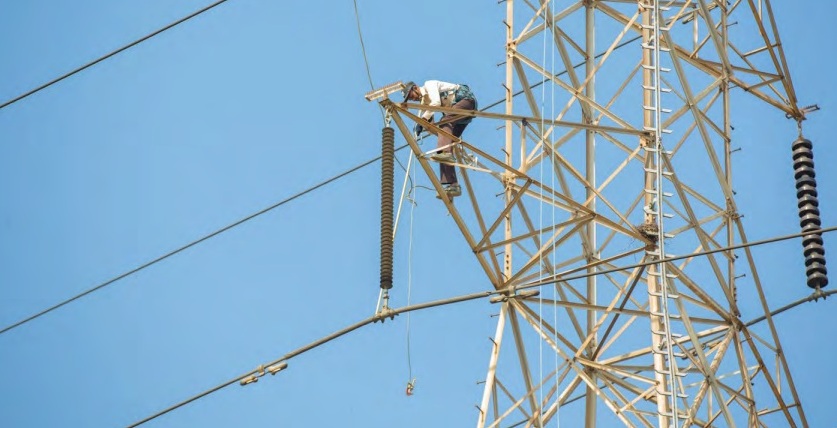The first quarter of the current fiscal year (Q1FY25) has seen no transmission line addition to the interstate transmission system (ISTS) network.
According to latest statistics released by Central Electricity Authority (CEA), during Q1 (April to June) of FY25, a total of 973 ckm of transmission lines were commissioned. This entire addition was towards the intrastate transmission system (InSTS) with no new lines commissioned with respect to the ISTS network.
Target achievement was very poor; the 973 ckm of achievement represented just 16.7 per cent of the targeted 5.839 ckm. Though state utilities were the biggest contributors to the overall achievement, their performance was far from satisfactory. As against the planned addition of 4,494 ckm in Q1FY25, the actual addition, at 921 ckm, was only around 20 per cent of the target. The private sector was expected to add 808 ckm against which the actual addition was nil.
It is worth noting that nearly 60 per cent of the total transmission line addition in Q1FY25 came about in the single month of June 2024 when 582 ckm got commissioned.
Performance in FY24
During FY24, a total of 14,203 ckm of new transmission lines were added out of which 6,283 ckm (or 44.2 per cent) were ISTS lines and the remaining 55.8 per cent related to intrastate grids. The overall transmission line addition in FY24 was nearly 3 per cent lower than the achievement in FY23. (See table)
Impact on IR transfer capacity
As there was no addition of transmission lines to the ISTS network in Q1FY25, no augmentation was therefore seen in India’s interregional transfer capacity that stood at 1,18,740 MW as of June 30, 2024, unchanged from its level as of March 31, 2024.
Cumulative Status
As of June 30, 2024, India’s total transmission network stood at 4,86,517 ckm, considering lines of 220kV or above. Of this, roughly 43 per cent was part of the ISTS network while the remaining 57 per cent (or 2,75,527 ckm) represented intrastate lines.
In terms of voltage class, the 220kV/230kV category dominated with a 42.8 per cent share followed by 400kV with 42 per cent. As of given date, the share of 765kV lines stood at 11.3 per cent. The remaining 4 per cent came from HVDC lines of various voltages.
With regard to ownership, India’s total transmission network as of June 30, 2024 was dominated by state utilities that accounted for 53.7 per cent followed by Central utilities with 37.6 per cent and private sector entities commanding 8.6 per cent.
It should be noted that state utilities predominantly own and operate lines of 220kV/230kV and, to some extent, 400kV. On the other hand, much of the 765kV and 400kV transmission line network is owned by Central and private utilities.
(Note: This story takes into account transmission lines of 220kV or higher only)
Featured photograph (source: Tata Power) is for representation only.

